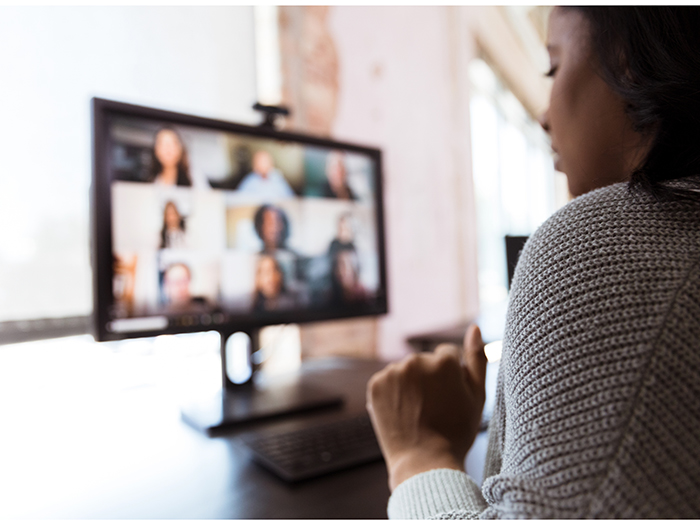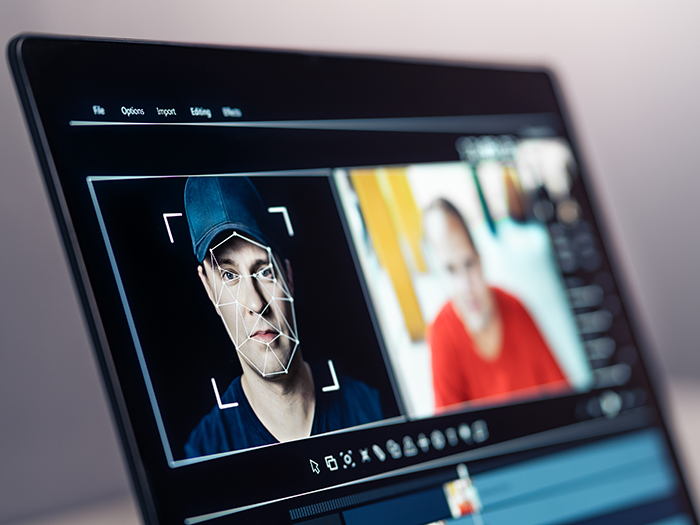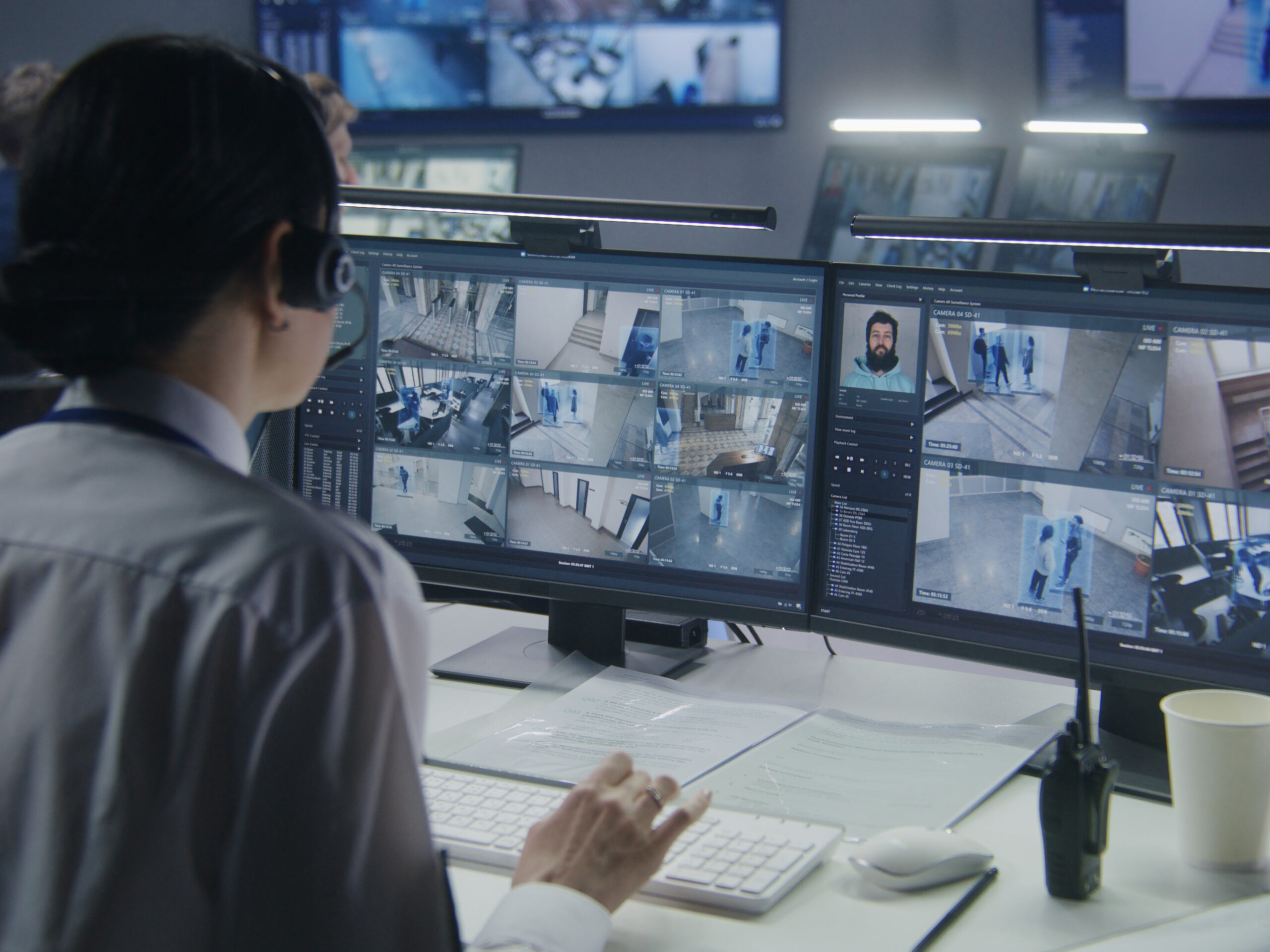6 Work-From-Home Takeaways RIMS Discovered Since COVID-19 Caused a Monumental Shift in Our Work Environments

Eight months after the COVID pandemic precipitated an unprecedented shift to work at home, RIMS, the global not-for-profit risk management society, has released a new executive report, “Understanding and Adapting to the Needs of Your Remote Workforce.”
The report examines some of the impacts of this shift, as well as ways business leaders can maximize the mental and emotional health and performance potential of remote workforces.
Through conversations with five risk professionals managing teams during these unprecedented times, author Teressa Betty examined the emergence of Zoom as an essential tool and highlighted the importance of acknowledging and addressing how different individuals’ temperaments, work styles and home lives can lead to drastically different experiences with the shift to working from home.
The report also explores the tendencies of introverts and extroverts, team dynamics and different work and home personas, as well as ways leaders can support and empower their team members through sometimes quite varied remote-work experiences.
Here are just some of the findings Betty and the RIMS team reported.

Teressa Betty, RIMS Global Diversity & Inclusion Advisory Council; president and director, RIMS New Zealand & Pacific Islands Chapter
1) An Origin Story
Betty explained that the idea for the report arose in March, shortly after her first Zoom meeting as vice chair of RIMS’ Global Diversity & Inclusion Advisory Council. Betty is also the ERM strategy and governance advisor and independent director, president and director of RIMS New Zealand & Pacific Islands Chapter.
“We very quickly wondered why we had not been holding our monthly meetings by Zoom prior to the COVID-19 lockdown, given our wide geographic spread and the difference it made to our ability to engage,” Betty wrote in the report.
“We also found ourselves pondering why some of us were finding ‘lockdown’ relatively easy, while others were struggling to adjust to working from the confines of our homes on a prolonged basis.”
2) Introverts and Extroverts Working from Home
The report delves into the characteristics that define people as more introverted or extroverted and explores how each group has tended to fare working from home.
While it has been an adjustment for all, some introverts have enthusiastically embraced work-from-home, even preferring it to the more socially demanding office environment.
Soubhagya Parija, senior vice president and chief risk officer at New York Power Authority and RIMS board director, believes his “natural introversion” has helped him during lockdown: “It feels like I am more in control of my time,” Parija said.
On the other hand, self-described extrovert Megan Hastings, manager of enterprise risk at New Zealand Super Fund and chair of RIMS New Zealand and Pacific Islands Diversity & Inclusion Sub-Committee, experienced what she call “Zoom fatigue.”
“As an extrovert, I rely on being able to read body language and facial expressions to check in as to whether the audience is engaged, listening and receptive, and to gauge how they are feeling and what intentions they might have,” Hastings said.
3) How to Build Virtual Trust
That lack of direct contact can have more concrete impacts as well.
“Insurance is a personal business built on trust and deep relationships,” said Keti Mehta, advisory partner at Insurtech Relay Platform and RIMS Diversity & Inclusion Advisory Council member.
“When navigating virtually, it’s more difficult to engender and build trust. It is harder to gauge and read reactions in the room, especially when many choose not to turn on the video setting.”
The structure of Zoom meetings may also be less than ideal for making deals.
“So much of the deal-making in insurance happens before and after the regular scheduled meeting, increasing the need for more informal check-ins to take the pulse and ensure that you are meeting your clients’ needs,” Mehta said.
4) Teamwork in the Digital Age
The report had surprisingly good news about maintaining cohesiveness and team dynamics by checking in regularly, both in groups and individually, and establishing times for conversations where team members can discuss their pandemic experiences.
“We established a weekly community call where the only agenda item was to share our stories and listen to others’ ways of managing their day-to-day realities,” said Greg Lazzaro, general manager of health, safety and environment at New Zealand Transport Agency and director of the RIMS New Zealand and Pacific Islands Chapter.
5) Who Are We When We’re Working at Home?
More challenging for some has been the phenomena of “work personas” and “home personas” coming into conflict as the boundaries between work and home blur — especially as both home life and work life are thrown out of whack. Balancing the two personas can be a constant struggle, which can contribute to burnout.
Some contributors to the report describe the emergence of a third persona, an amalgam of home and work, which can produce stressors of its own.
“It feels like a part of us is having to stretch to accommodate this new third person, a persona that is trying to be the best at everything — the best partner, parent, worker, leader,” said Judith Campoya, senior analyst and operations at SubroSmart and RIMS Diversity & Inclusion Advisory Council member.
“It’s too many roles to juggle without a clear delineation or boundary. It’s confusing and it’s tiring.”
6) Some Challenges to Prepare For
In an interview, Betty cautioned that as disruptive as the sudden shift to the working from home has been, the post-pandemic return to a new normal will likely bring challenges of its own.
“A lot of people have had to let go of their childcare, so those sorts of things will need to be rearranged,” Betty said. “People are going to need to take time to re-establish those routines again.” Betty also foresees challenges involving transportation, especially for those used to taking public transit, which may not be safe or available.
There will be mental readjustments, as well. Betty advises business leaders to take the time to be mindful and deliberate about that return.
“In the same way that you’ve got business continuity plans about what to do in disruption, it may be useful for organizations to have a documented plan in terms of coming back,” she said.
The pandemic lockdown has surely been a challenge, but Betty is optimistic that in the long run, one silver linings maybe be a deeper understanding of team members, both in a work context and a home context.
“That allows them and enables them to be more empathetic, more understanding, more inclusive in their approach, because they’ve got that sense of understanding,” Betty said.
“… I hope that as people start to come together again, there will be that sense of shared connection, because we’ve all been through this together … I think there’ll be a greater level of awareness and understanding of each other as a team and as individuals who have to connect and work together.” &










